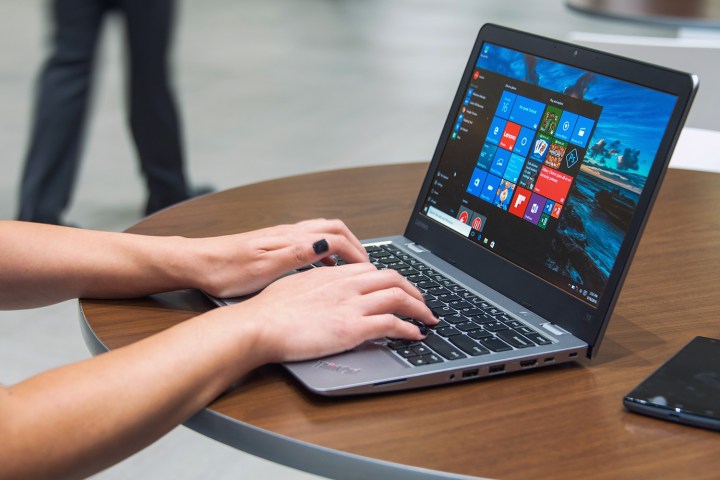
Microsoft’s final free upgrade campaign is now outlined on the company’s support website, and even includes a screenshot of a full-screen nag window apologizing for the interruption, but is insisting that the message is important. The good news here is that there appears to be an option to be notified three more times, and an option to not be notified ever again. For many customers refusing to take the Windows 10 plunge, that second option will likely be a huge relief.
“Microsoft recommends upgrading to Windows 10 — the most secure Windows ever built,” Microsoft argues on the nag screen. “The upgrade is free and you can easily roll-back to your current operating system within 31 days if you decide Windows 10 is not right for you. We’ll check for compatibility before starting the upgrade. Over 300 million people have upgraded. Upgrade your PC before the offer ends!”
This screen will also provide an option to upgrade immediately, or to remind the user to upgrade later. Customers will see this screen when they unlock their Windows 7 SP1 or Windows 8.1 machine until July 29. For those that wanted to be reminded to upgrade at a later date, the screen will continue to flash its warning three days after the program officially ends … you know, just in case.
However, not all customers will see this special nag screen. For instance, if a recent version of the “Get Windows 10” app is installed, the message will not appear. It will also not rear its blue face if the computer is incompatible with Windows 10, if it was already rolled back from Windows 10 (purposely or in a failed upgrade attempt), if the upgrade was disabled, or if the “Get Windows 10” app notifications were turned off.
Microsoft has used some rather aggressive tactics over the past year in order to get customers updated to Windows 10. Unfortunately, no matter how long customers cling to Windows 7 SP1 and Windows 8.1, an upgrade is inevitable, as we’ve seen with Windows XP and older. That said, if a household uses more than one Windows-based device, taking the free upgrade would be a wise decision. After all, a single copy of Windows 10 Home will cost $119 and a single copy of Windows 10 Pro will cost $199. You can’t spread that love across multiple devices.
However, one cool trick for customers wanting to keep the Windows 10 upgrade option after July 29 is to upgrade the device to the newer platform, and then roll back to the previous operating system. That way, the user’s Microsoft account will have the Windows 10 digital license on file when the customer finally decides to let go of Windows 7 SP1 or Windows 8.1 once and for all. Yeah, this method is a big hassle, but could save customers money in the long run.
Although the program to upgrade for free ends July 29, customers who use assistive technologies won’t be affected by the deadline. Microsoft talks more about extending the upgrade window for these customers here. Also, customers still wishing to disable the Windows 10 notification and upgrade options can follow steps provided by Microsoft here.
Editors' Recommendations
- Windows 11 vs. Windows 10: finally time to upgrade?
- Microsoft plans to charge for Windows 10 updates in the future
- Windows just gave us another reason not to download fresh updates
- Windows 11 has been causing problems with Intel graphics for months, and no one said a word
- It’s not just you: Microsoft confirms Windows 11 is having gaming issues


